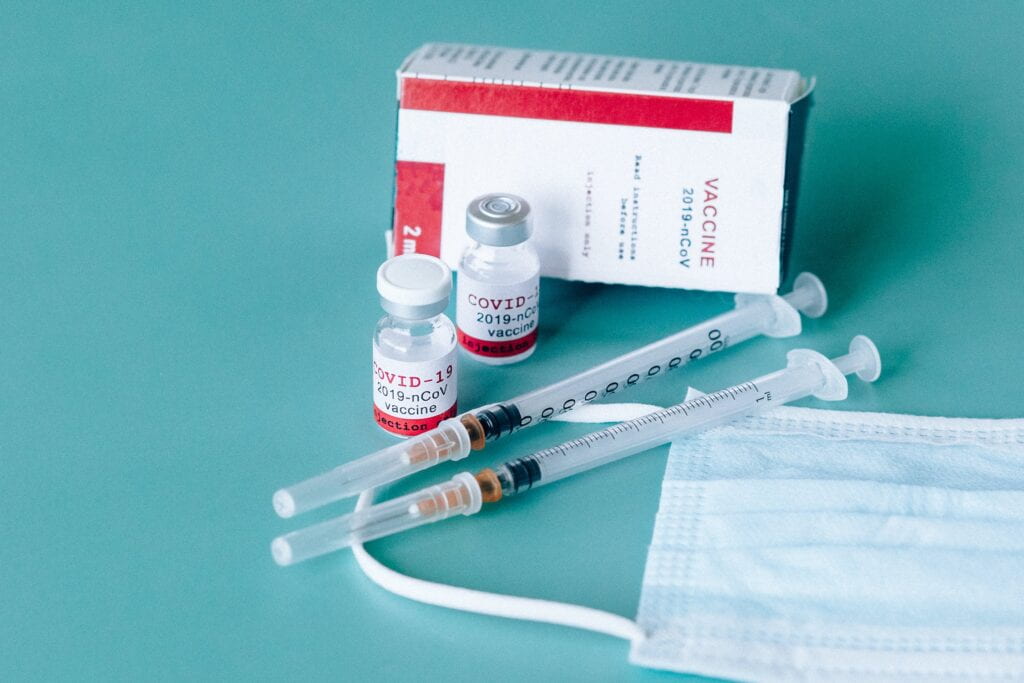
In an emergency disaster, essential workers are expected to report to duty. Research articles published over thirty years ago caution that emergency planners have to take into account that personnel has varying degrees of willingness and ability to report. For instance, during infectious disease outbreaks, the fear of contagion is greater, and “dilemmas of loyalty” or personal obligations can conflict with professional expectations leading to staff shortages.
A study by Gershon et al analyzes the data from six organizations in Nassau County, New York City to include individuals working in hospitals, police departments, emergency medical services, fire departments, public health departments, and correctional facilities. A conceptual framework with individual and organizational level factors influencing behavioral intentions guided the development of the questionnaire; it was administered to measure attitudes and perceptions of efficacy, risk, and potential facilitators and barriers in the respiratory protections available to them. They also questioned the willingness of workers to work the maximum number of hours in a shift.
The analysis included 1,103 participants and showed that 7% of the sampled population were very confident in the protection provided by N95-type respirators, 49% were “somewhat confident” and 21% were “not at all confident.” The barriers from reporting duty include work (69%), familial/elderly care (33%), childcare (32%), and pet care (32%). In the overall study, 80% of essential workers would report to duty during the pandemic, but only 65% would be willing to do so.
Therefore, it is imperative that organizations account for their role in improving perceptions of risk among critical workers when developing preparedness plans and work towards increasing facilitating factors and reducing barriers.
Read the abstract and download the article here.
